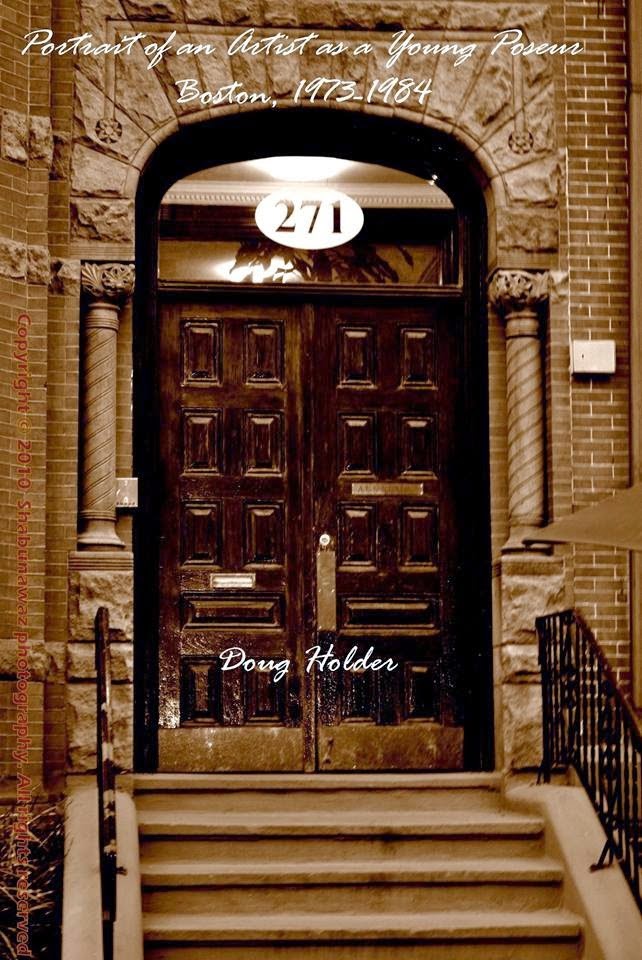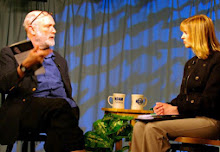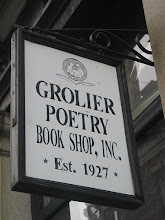

A New Literary Partnership: Endicott College and the Ibbetson Street Press
(Beverly, Mass)
Endicott College of Beverly, Mass. and the Ibbetson Street Press of Somerville, Mass. have announced a literary partnership the other day. The two organizations have agreed to establish an affiliation between the 12-year-old well-regarded independent literary press and the college. Doug Holder, publisher of the Ibbetson Street Press said in regards to his plans for this new partnership: “I hope to bring a number of prominent poets and writers to take part in a reading series we are going to launch. The first Poet Laureate of Boston Sam Cornish will lead off the proceedings, other features will be Gary Metras of the Adastra Press, Gloria Mindock of the Cervena Barva Press, Luke Salisbury, the author of “The Answer is Baseball,” poet Miriam Levin, Bert Stern and others. “I also want to play a mentor role to aspiring poets and writers.” Holder continued: “I want the literary community and the community at large to know about the vital literary and arts programming at Endicott." Holder has published a number of Endicott faculty members including the poetry collection “Bicycles, Canoes and Drums,” by English Professor Dan Sklar, as well as the poetry of Margaret Young, an instructor on the English faculty of the College. Holder also expects to have his brother Donald Holder, a two-time TONY AWARD winner (“Lion King,” South Pacific”), and Paul Stone, Creative Director of W.B. Mason and novelist to be guest speakers at the college.
This initiative will be on a trial basis for the Academic 2010 to 2011 school year. The school has a solid reputation for its business program, nursing, human services, and education, and the college wants to make sure the public knows Endicott as a destination to study the arts and literature. The student who graduates from Endicott College will be literate, well-informed and well-rounded, as well as being highly sought after. This affiliation will be just one component of the mission at Endicott. Doug Holder, who is an adjunct faculty member at Endicott and also the Arts Editor for The Somerville News as well as the Director of the Poetry Series at the Newton Free Library, said “This is a wonderful opportunity to be aligned with a rising academic institution. And with their new Arts Center and their commitment to the arts in general, I am hoping to be involved in the creation of the Hub for the Arts on the North Shore.”


































